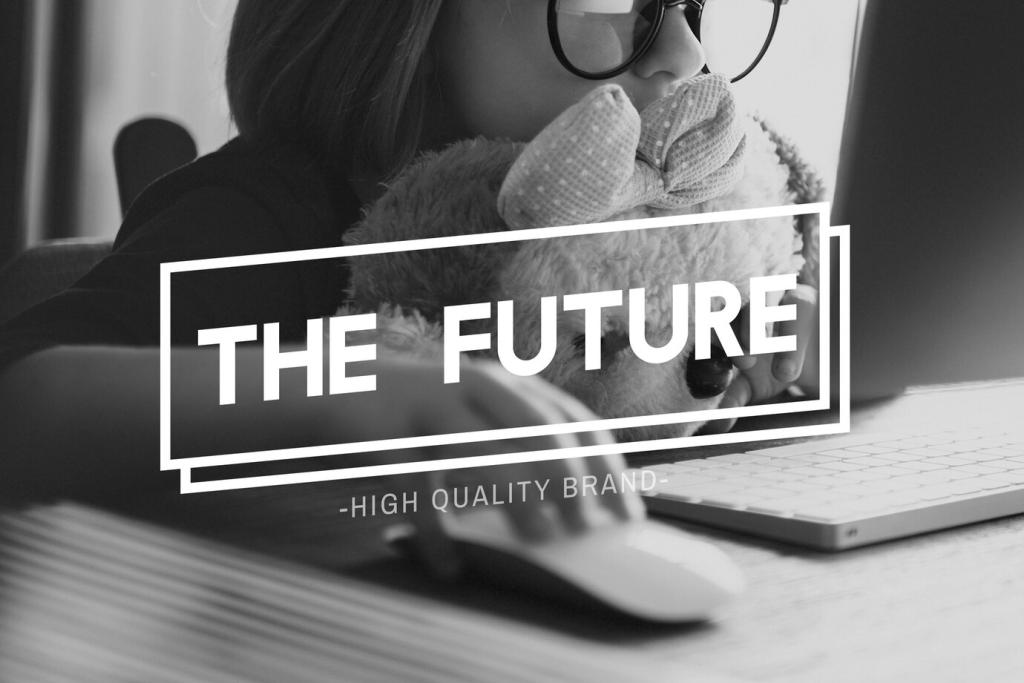How AI Is Reshaping Media and Entertainment
Chosen theme: The Impact of AI on Media and Entertainment. From writers’ rooms augmented by co-creation tools to audiences discovering stories through smarter recommendations, AI is transforming creative workflows and business models. Explore opportunities, risks, and human-centered strategies that keep culture vibrant. Share your perspective in the comments and subscribe for weekly, field-tested insights.

From prompt to plot: co-writing without losing your voice
Writers increasingly use AI to propose outlines, beat sheets, and alternative scene outcomes, then selectively curate the best options. The secret is constraint: a strong brief, clear tone references, and ruthless editing so your distinctive voice remains unmistakably yours.
The hybrid writers’ room in practice
Imagine a room where AI summarizes research, tests loglines against audience segments, and flags continuity issues, while humans create emotional truth. A showrunner we interviewed keeps AI outside first drafts, inviting it only for iteration sprints and late-stage diagnostics.
Personalization, Discovery, and Recommendation Engines
Modern recommenders blend collaborative filtering with content embeddings to understand taste beyond genre labels. Many platforms report a majority of viewing originates from recommendations, proving curation matters. Transparent feedback controls let you steer the system toward curiosity instead of comfort.
If models only chase completion rates, they can overfit to safe bets and erase creative risk. Teams counter this by injecting diversity, time-decay, and editorial spotlights that widen horizons. Share a moment when a surprising recommendation changed your media habits.
Simple labels like ‘Because you enjoyed…’ help users connect cause and effect. Deeper options—mute tags, interest sliders, and explainability cards—build agency. When viewers feel in control of discovery, they explore more boldly and reward platforms that respect their intent.
Real-time worlds with LED volumes and neural rendering
Crews now pair game engines with machine-learning denoisers to capture final pixels on set. One indie team replaced three company moves with a single LED volume day, redirecting budget to performance coaching and sound, where human nuance creates lasting impact.
Digital doubles and informed consent
High-fidelity face and voice models must be built with explicit, revocable permissions and clear usage scopes. Contracts should define training boundaries, duration, and residuals. Respecting a performer’s likeness is not only ethical; it also preserves audience trust in the craft.
Blockbuster tools for smaller creators
Affordable roto, upscaling, and background cleanup democratize polish. Micro-studios stitch together AI-powered keying, scene extension, and color matching to hit professional standards. Tell us which tools unlocked a visual you once thought impossible on a limited schedule and budget.

Composing with stems, styles, and structure
Producers sketch motifs in a DAW, then audition AI variations to explore harmony, tempo, and texture faster. The best sessions begin with a human hook and end with human taste, capturing lightning while leaving fingerprints that make the track unmistakably personal.

Voice cloning ethics and safeguards
Legitimate projects acquire written consent, watermarked outputs, and usage logs. Platforms can block impersonation targets and flag synthetic speech. Fans accept experimentation when artists set boundaries early, credit models openly, and invite listeners into the creative process rather than hiding it.

Participatory remix culture at scale
AI lowers barriers for fan remixes that celebrate, not replace, original work. Clear remix licenses, shareable stems, and revenue splits can turn audiences into collaborators. What community guidelines would help you remix freely while respecting the sources that inspired you?


Newsrooms, Verification, and the Fight Against Deepfakes
Detection now blends artifact analysis with cross-modal checks: audio-room reverb, shadow geometry, and timeline inconsistencies. No single test is perfect, so editors triangulate evidence and publish confidence notes. Readers appreciate transparency about uncertainty more than false certainty delivered quickly.
Newsrooms, Verification, and the Fight Against Deepfakes
Content credentials can bind metadata about capture devices, edits, and authors. While watermarks are not foolproof, layered signals raise adversarial costs. Industry coalitions and public repositories help track tampered media, creating a chain of custody readers and platforms can verify.

Assistive tools turn one-person teams into agile studios, compressing preproduction and rough cuts. That efficiency funds deeper research, location time, and rehearsals. Expect rising demand for prompt directors, ethics leads, and audience editors who translate insights into resonant choices.

Clear language should define what data trains models, how outputs are credited, and which residuals flow when synthetic assets scale. Transparency protects all parties. Publishers who honor attribution and share upside build durable relationships with creators and their communities.

Auto-captioning, translation, and dubbing expand reach while respecting local nuance when guided by native speakers. Lower costs invite voices from regions long excluded by logistics. Tell us which accessibility features most improved your experience and which gaps still need attention.
